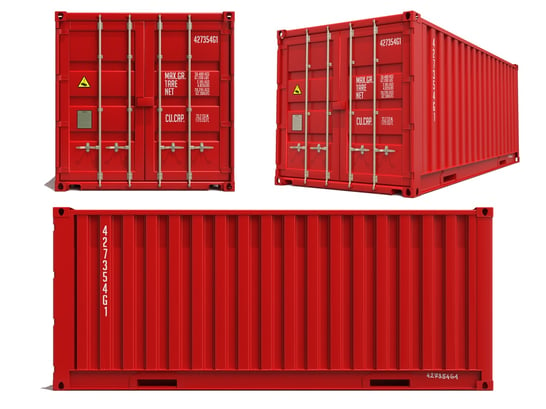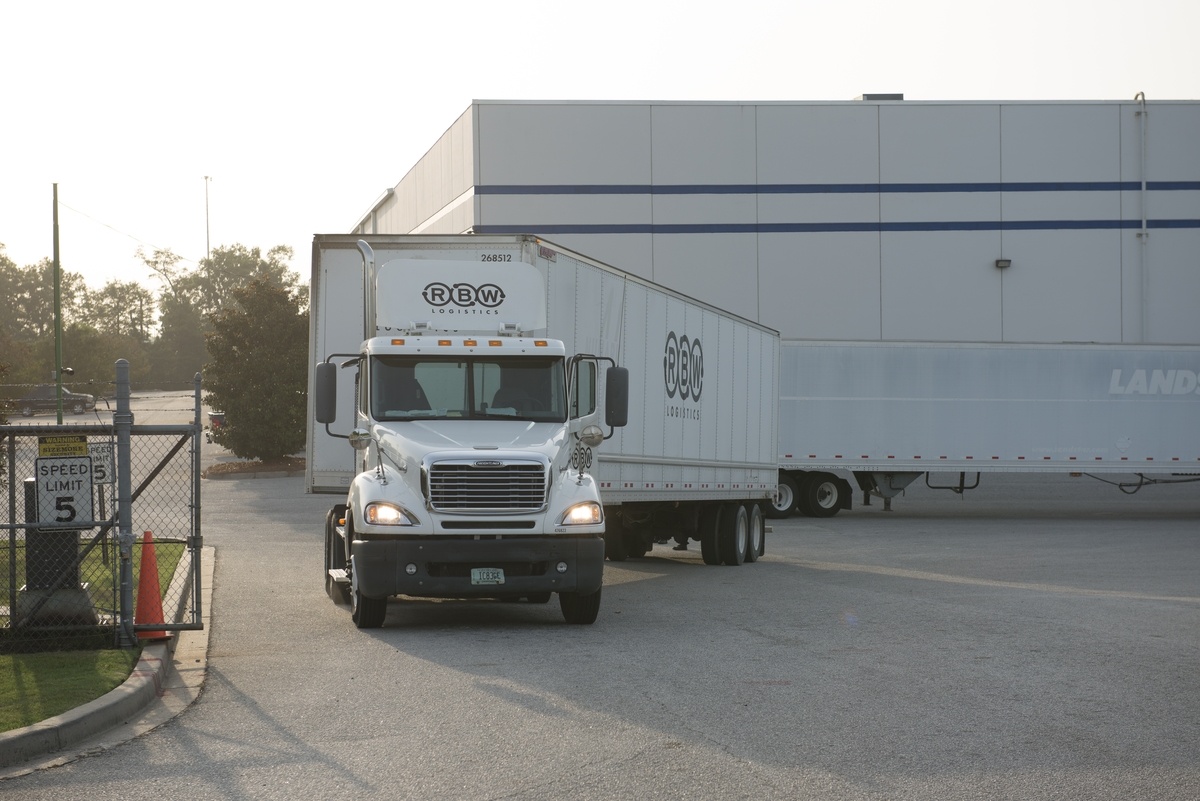Tips for Managing Your Transportation Fleet
Shipping, warehouse, transportation and supply chain managers may be required to oversee motor fleet safety, efficiency, budgeting and maintenance....
1 min read
 John Albright
:
Jun 28, 2017 11:00:00 AM
John Albright
:
Jun 28, 2017 11:00:00 AM

Leaders who fail to embrace changes will experience personal problems and organizational failure. Updating policies, processes and people requires time, resources and willingness to change. Logistics, transportation and supply chain leaders must now optimize agility, efficiency and responsiveness to keep customers happy and loyal.
Complete a Risk Assessment
First, review your internal processes to identify problems and opportunities for improvement. Strategic planning should focus on current and project problems. Risk assessments and needs evaluations are excellent tools to reveal hidden trends and information about your business. For example, this could be the need for additional training resources or equipment updates for docking stations. Organizations that rely on the services of a 3PL will enjoy their expertise on how to identify and implement appropriate actions.
Educate Employees
The biggest obstacles to executing change initiatives are sometimes employee resistance and their lack of buy-in. Some people naturally feel anxious or upset about organizational-level changes, so they need help understanding the rationale and the benefits. For example, deciding to use a 3PL may appear risky to staff at first, but they simply need to understand the benefits of outsourcing specific functions to qualified third-parties. Once these employees understand that the 3PL’s support will reduce stress and presence will increase productivity, they will feel more secure about their positions and accepting the changes.
Increase Process Visibility
Information is power, so data visibility naturally drives efficiency, cooperation and communication. It is best to use solid data metrics and analytics to benchmark processes and performances in order to establish realistic goals and expectations. In-depth studies of how staff, departments and partners collaborate and exchange information will provide valuable insights and change management opportunities. The best sources of data can be found in web, cloud and desktop based software that are used for various functions and operations.
Establish Change Management Models
Information overload causes people to feel overwhelmed. Casual managerial structures can create communication gaps and overlapping areas of authority. Lean and efficient logistics organizations will establish structural models for achieving successful strategies and continually improving transportation management activities. Many 3PLs use agile and scalable models that are built on best practices and industry knowledge gleaned from a rich variety of production, transportation and supply chain organizations.
Proper change management will ensure consistent ROIs and the eventual elimination of inefficient processes. Contact us to learn how our shipping, warehousing and manufacturing solutions surpass the competition through superior relationship and customer service management.

Shipping, warehouse, transportation and supply chain managers may be required to oversee motor fleet safety, efficiency, budgeting and maintenance....

Good drivers do more than haul loads. They haul loads safely and efficiently. They handle unexpected problems effectively, they communicate well,...

Watch for Potential Transportation Hazards We’ve all seen it; the vehicle ahead slowly drifting from the center of a lane to the shoulder and back,...